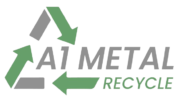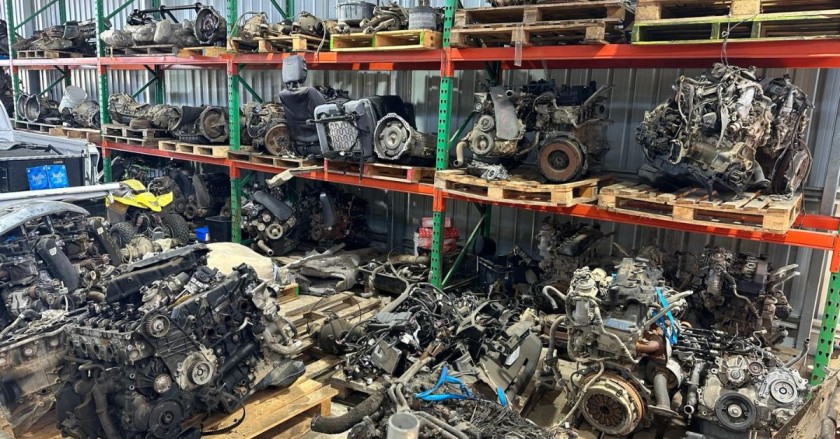When you haul your old appliances, rusted car parts, or leftover construction materials to a scrap metal dealer, you might wonder: What happens to all this stuff once I leave? It might look like junk to most people, but scrap metal is a valuable resource that goes through an impressive journey after it changes hands.
In this blog, we’ll take a behind-the-scenes look at what happens to your scrap metal after you sell it—and why it’s such an important part of the recycling and manufacturing economy.
Step 1: Inspection and Sorting
Once you drop off your scrap at a yard, the first step is inspection. Scrap metal dealers will:
- Weigh your load to determine payment.
- Separate metals into categories like ferrous (contains iron) and non-ferrous (aluminum, copper scrap, brass, etc.).
- Sort by type and quality, identifying clean vs. contaminated metals, or mixed alloys.
High-value metals like copper and aluminum are often separated quickly because of their high resale value.
Step 2: Processing and Preparation
After sorting, the scrap is processed to prepare it for recycling. This usually includes:
- Shredding or shearing large pieces of metal into smaller, manageable sizes.
- Removing contaminants such as plastics, rubber, or other non-metal components.
- Using magnets or sensors to further separate metals by type.
This step helps maximise the quality of the recycled material and ensures it’s ready for smelting.
Step 3: Melting and Refining
Next, the prepared metal is sent to specialised recycling facilities or smelters. Here’s what happens:
- The metal is melted down in a furnace at high temperatures.
- It’s purified to remove any remaining impurities.
- The molten metal is poured into molds or formed into sheets, rods, or coils.
Each type of metal requires different treatment. For example, aluminum melts at a lower temperature than steel, so the recycling process is tailored accordingly.
Step 4: Manufacturing New Products
Once refined, the recycled metal becomes raw material for manufacturing. It can be used to make:
- Automotive parts (car frames, engines, etc.)
- Construction materials (beams, pipes, wires)
- Consumer products (appliances, electronics, tools)
- Packaging (cans, foils, etc.)
Many of these products can again be recycled at the end of their life, continuing the cycle.
Why It Matters
Recycling scrap metal:
- Saves natural resources by reducing the need for mining.
- Uses less energy than producing new metal from ore.
- Reduces landfill waste and pollution.
- Creates jobs in local recycling and manufacturing industries.
By selling your scrap, you’re not just clearing out clutter—you’re actively contributing to a circular economy that benefits the planet.
Know More : Scrap Metal Recycling FAQs
Final Thoughts
That old metal fence, broken washing machine, or pile of copper wiring doesn’t just disappear when you sell it—it’s reborn. From sorting and smelting to becoming part of a new skyscraper or smartphone, your scrap metal goes on a remarkable journey. Next time you visit a scrap yard, remember: you’re part of something bigger than you think.



